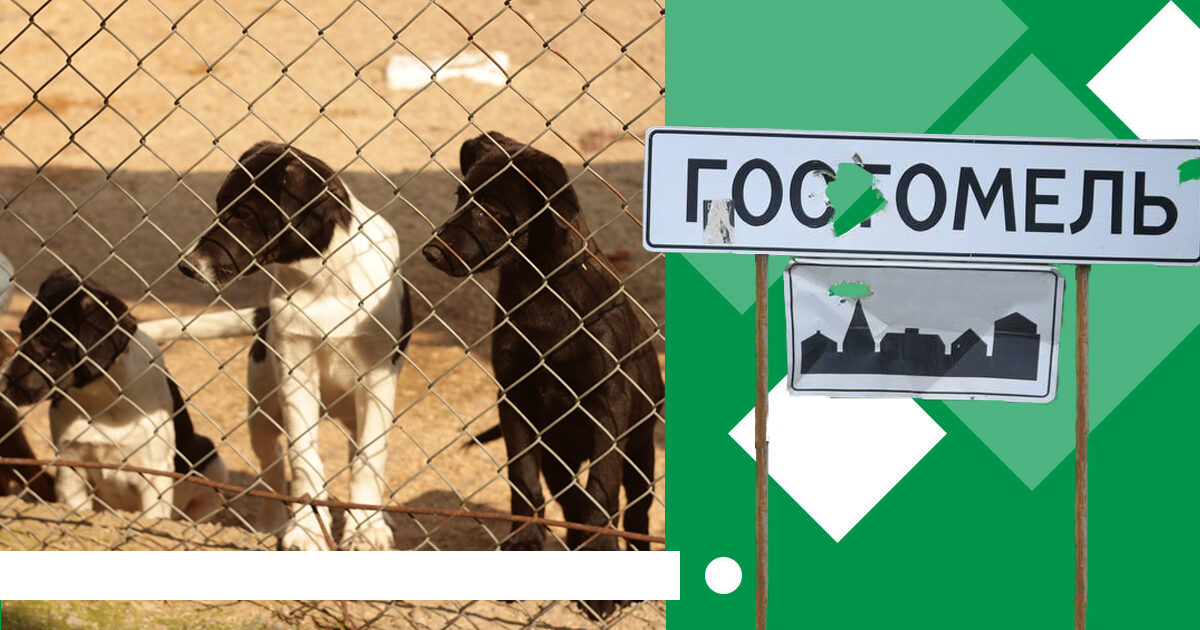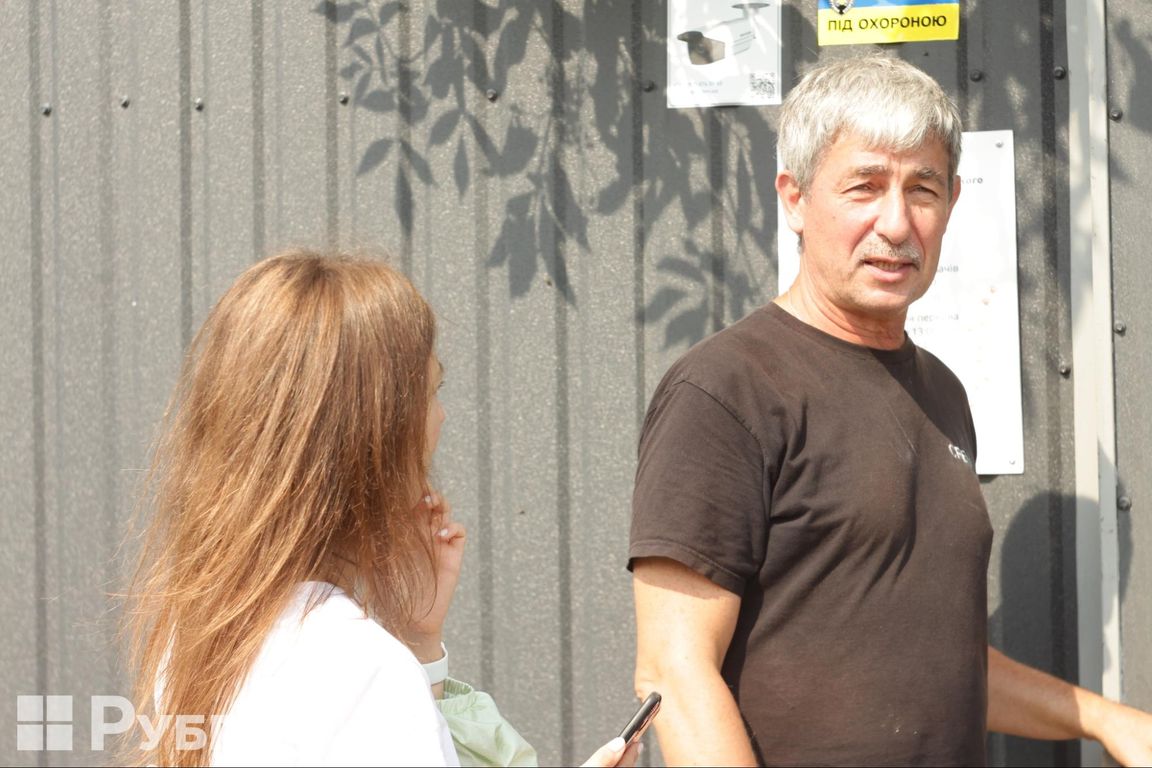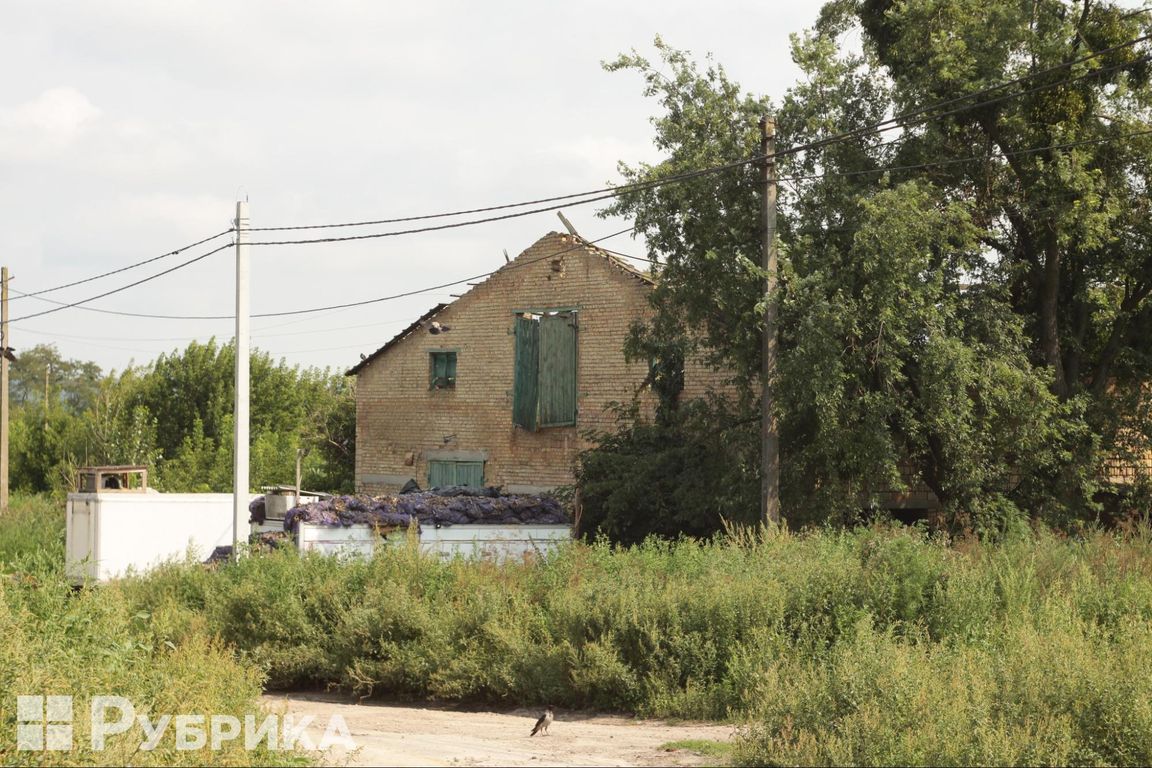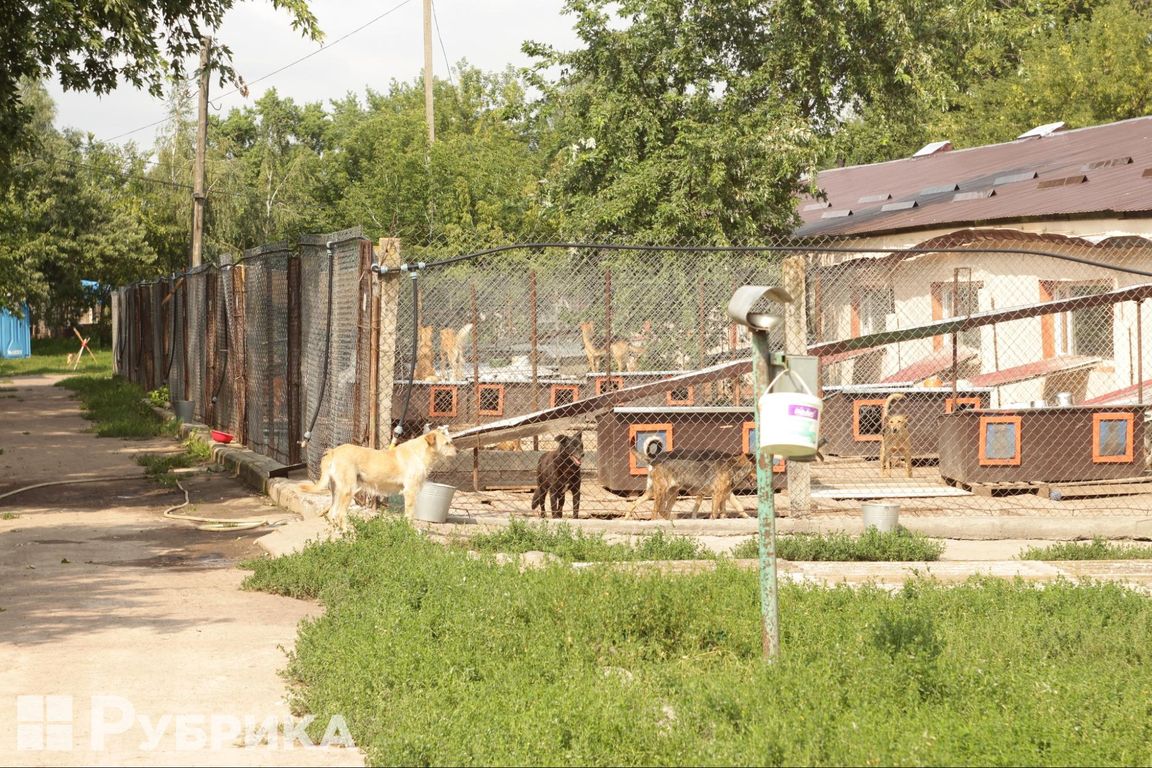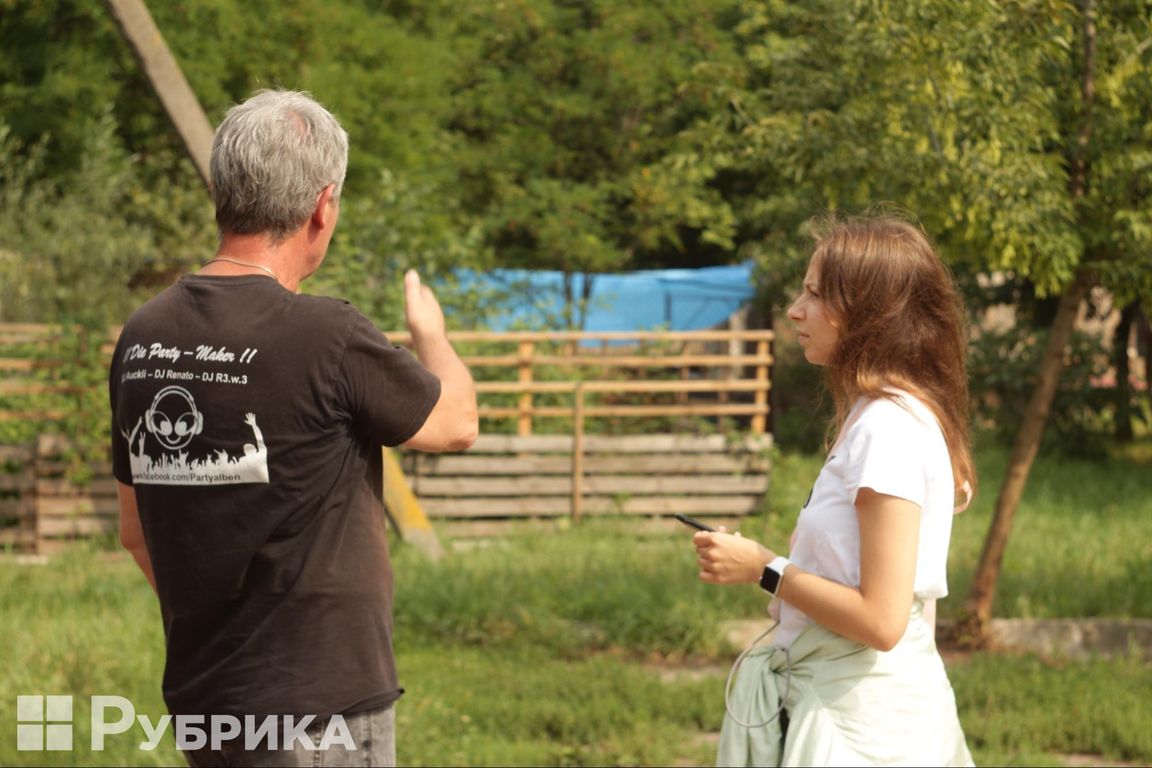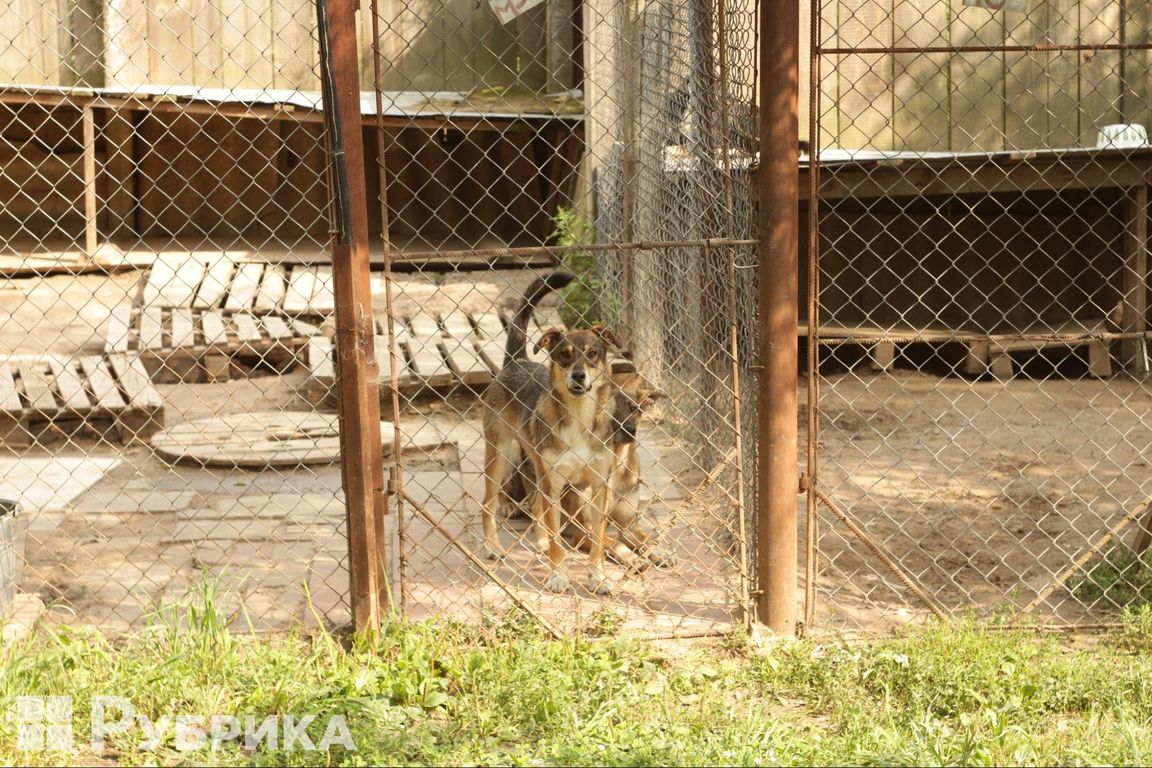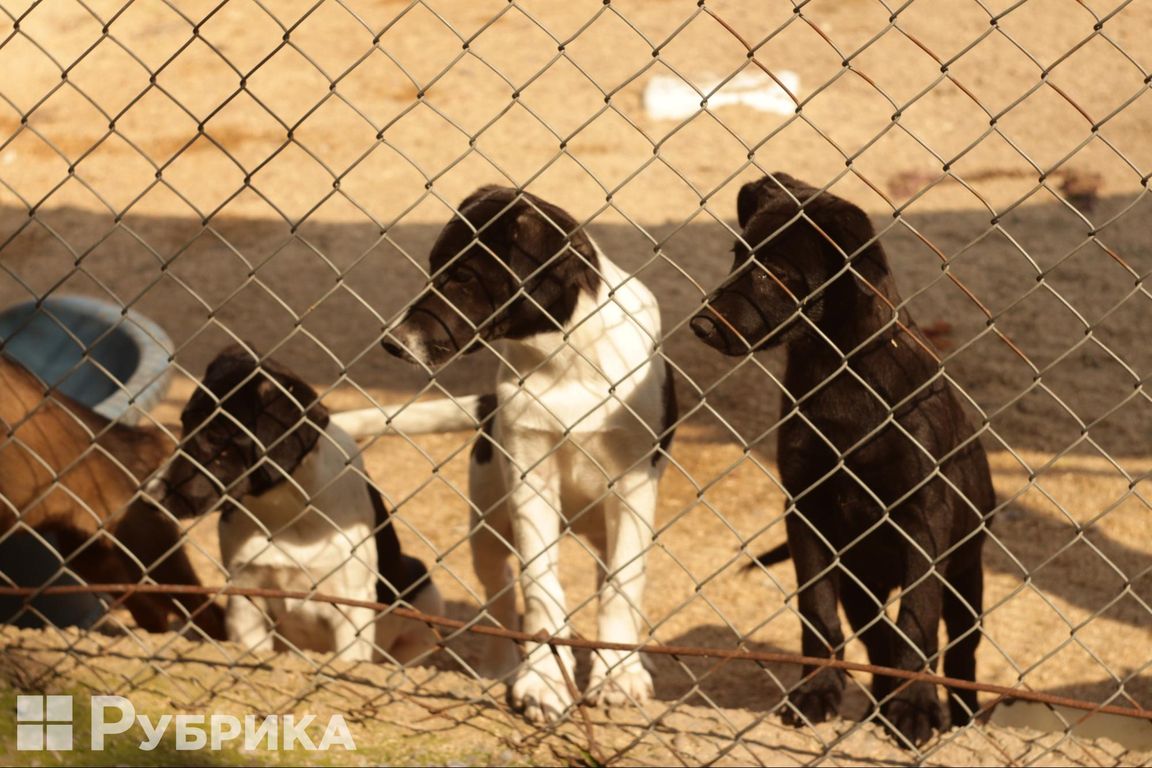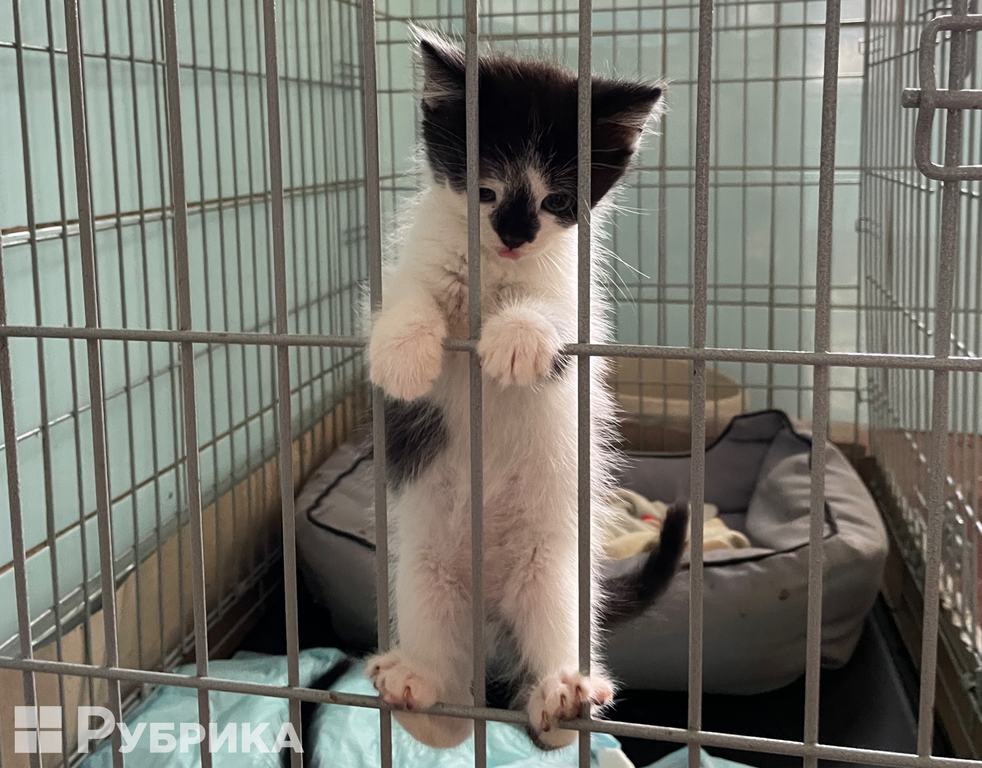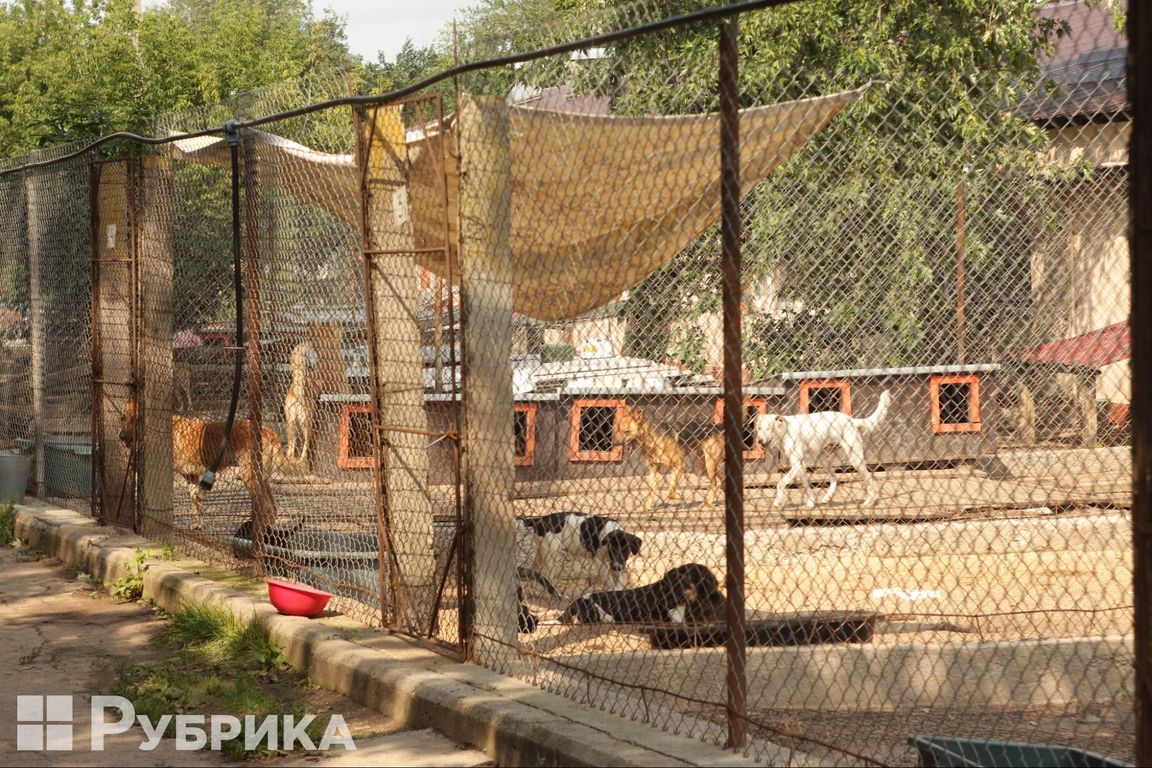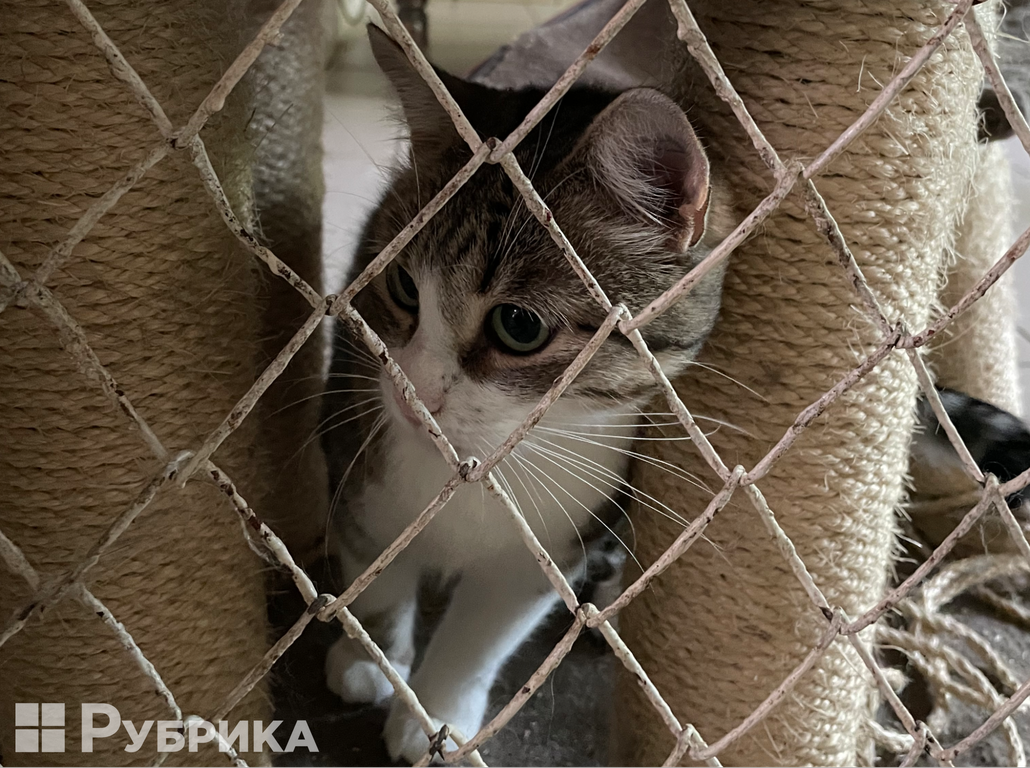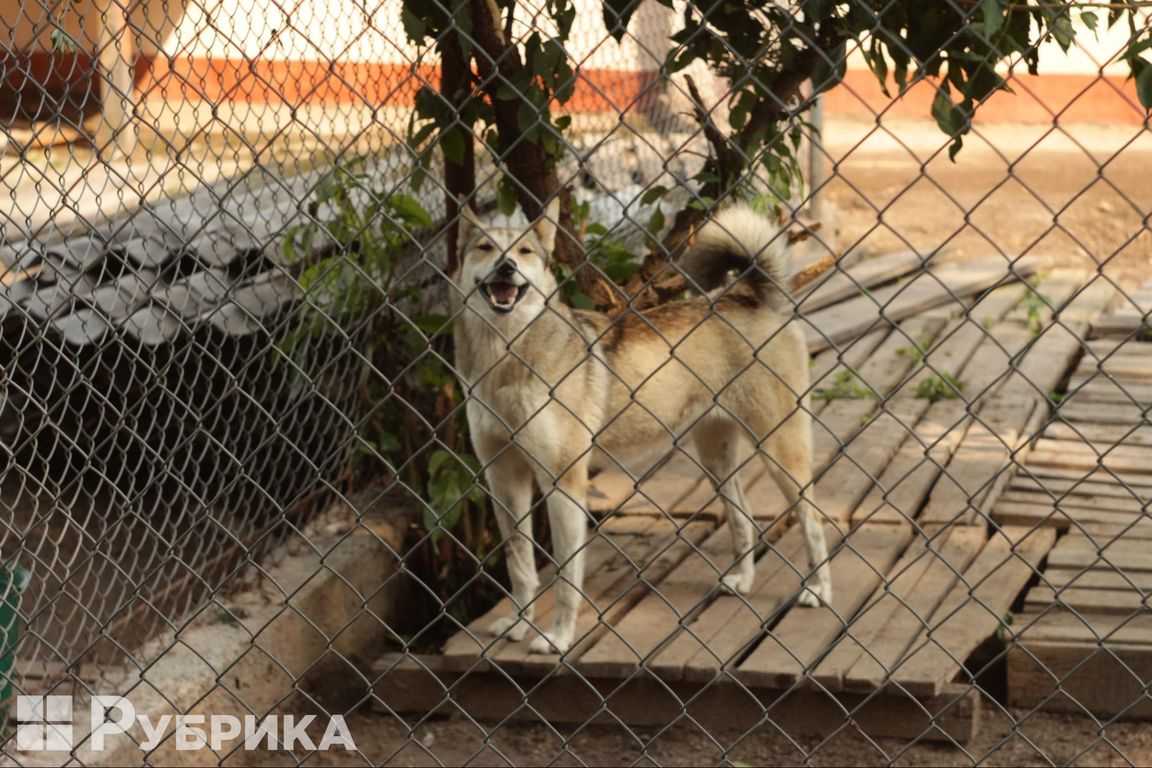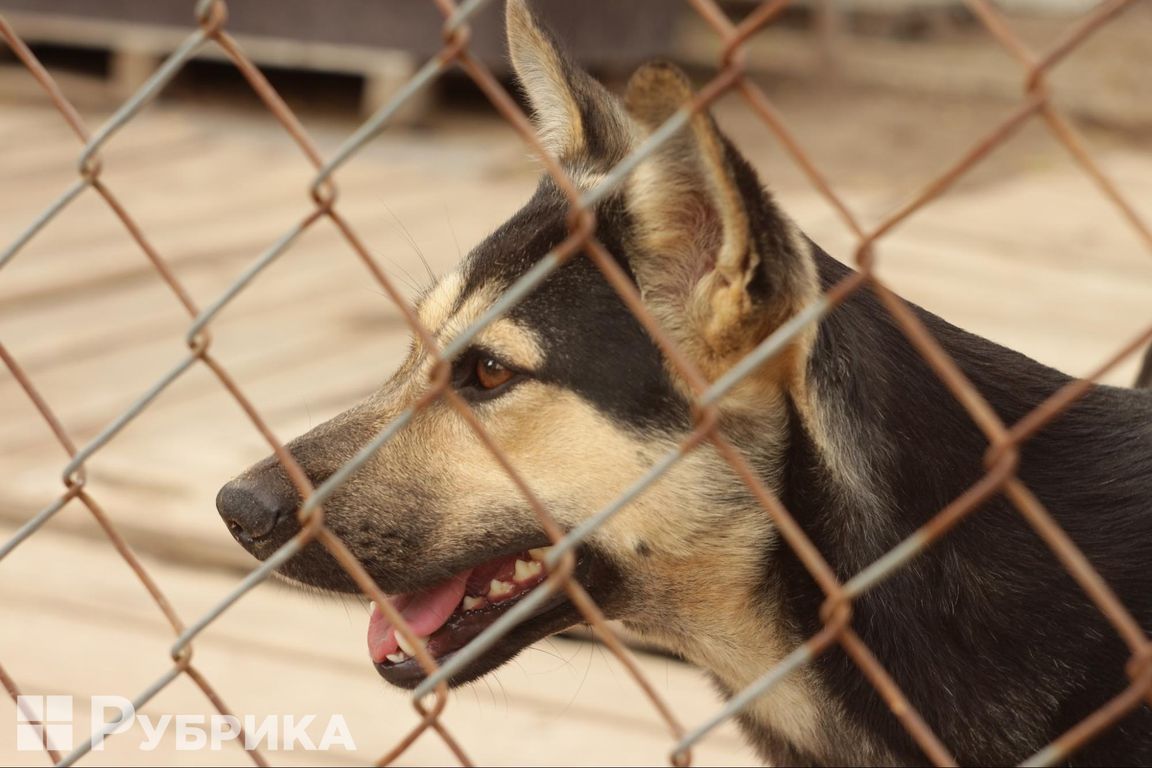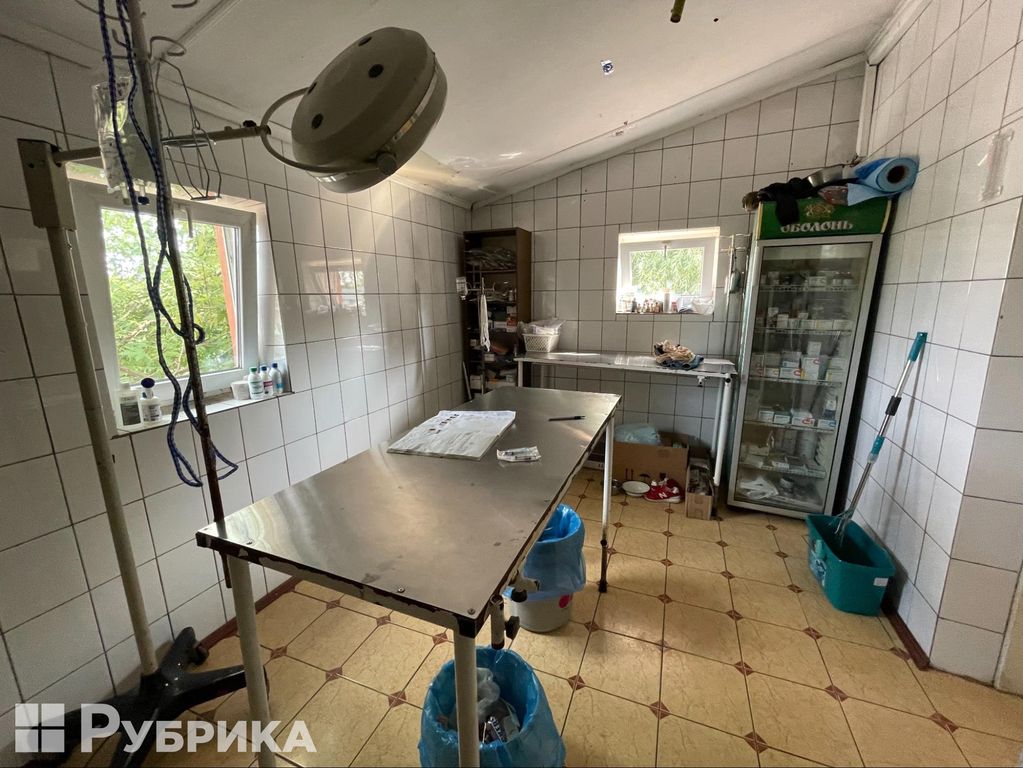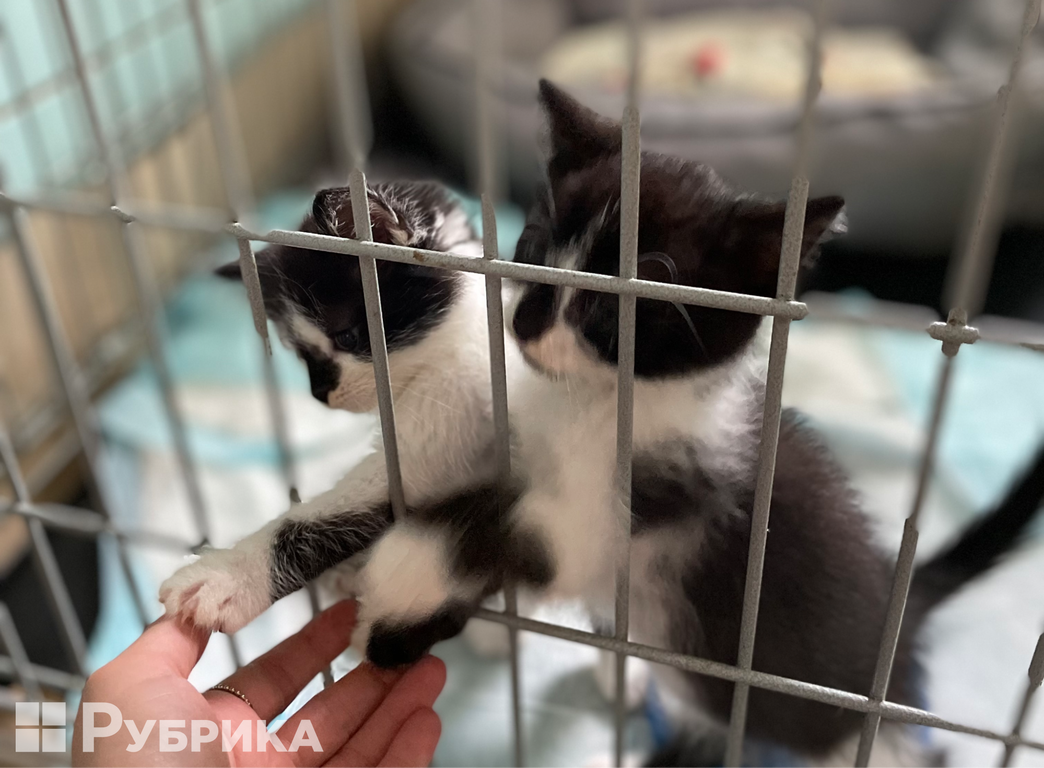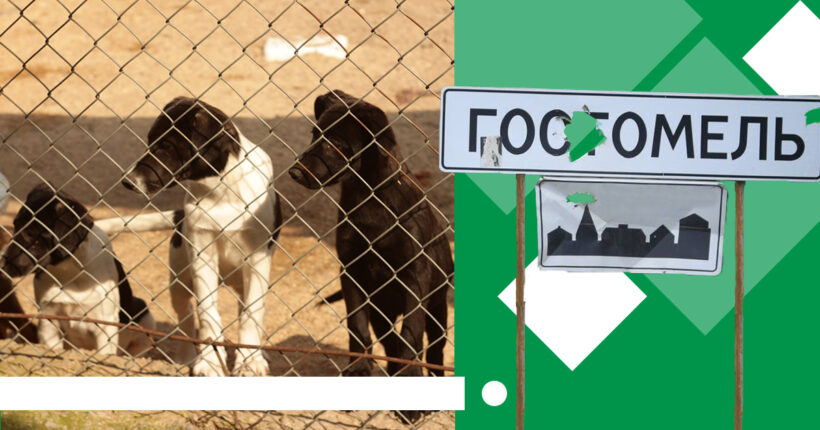
Today, August 20, is International Homeless Animals Day. On this occasion, Rubryka visited the largest shelter for dogs and cats in the Kyiv region in Hostomel, which was literally in the center of hostilities in March and April but was able to cope with all the difficulties and save the lives of animals.
We learned what shelter owners face today, why it is essential to sterilize homeless animals, and what questions you need to know the answers to before deciding to take the vital step of getting a pet.
About the lion and tripwires
The shelter, established in 2000 on the site of an abandoned cowshed, is home to over 700 animals. Until 2021, the sanctuary was under the auspices of the Kyiv Society for the Protection of Animals, and now it functions as a legally independent organization, Hostomel Animal Shelter.
The fighting near the shelter started from the beginning of russia's full-scale invasion: on February 24, russian troops landed in the suburbs of Hostomel, and on February 25, airborne assault units entered the town.
"The whole territory, as far as you can see, was packed with vehicles, tanks, armored personnel carriers. I have never seen anything like this," Maksym, one of the shelter employees, who spent the entire time of the temporary occupation by the russians on the territory of the shelter, tells us.
Before entering the territory, we see a charred water tower and a destroyed brick building: it is the result of an artillery battle, which, according to Maksym, lasted several hours:
"Here we had a lion," Maksym notices our skeptical looks and clarifies. "Yes, the tenant of this building had a lion. The owner was wounded on the first day and taken away, but the lion stayed. While there were no russians, we fed him. When they arrived, they mined the building. The russians blocked all approaches with tripwires, and we had to explain that there was a lion in the building. At first, they did not believe us, then they showed us a safe path to walk on, and we continued feeding the animal.
The lion was later taken away by volunteers.
Nearby, behind the fence, a black pickup truck is parked, some parts of which differ in color:
"The car was assembled for me from several other cars. First, it was slashed with shrapnel, later, I ran into tripwires, and after shelling in March, the car was blown to smithereens."
Shelter had to negotiate with invaders to get water and food
Maksym tells us that after March 10, the enemy already surrounded the sanctuary from all sides. Then the most challenging period began:
"Hostomel was thrashed so much that it's scary to remember, and the most challenging thing was to come here. From here, the russians let us through to the center, but not back."
But it is impossible to shut down the shelter. By mid-March, the shelter's supplies began to run out. Volunteers refused to go to a flashpoint, and then Maksym had to take extreme measures:
"I went to negotiate with the invaders. I visited them for five days and explained: we have dogs, 600 dogs, cats, we don't have water, we don't have a generator, we "ll die. Then they went to meet us, and our car drove to the center when there was another green corridor. There was a generator, gasoline, food for animals, food for people, and water. I loaded all this into the car; it was already half broken but still driving. And then, on the way back, I ran into tripwires."
So the last opportunity to get to Hostomel disappeared, which means the shelter again risked being left without provisions. Help came from an unexpected place. To save the shelter, Maksym again had to negotiate with the enemy:
"I went up to the russians—their post was 150 meters from the shelter's gates," Maksym points to the crossroads. "They saw how we were shelled and what happened to my car. I explained that my dogs and cats were hungry, and there were 17 bags of food left in the city, and I needed them to help deliver them. Well, he says, in 3 hours, you will have a car. We loaded up with food and brought it to the shelter. They brought all the food left there, so I was able to make it to the end of March."
It was not immediately possible to transfer data to the Ukrainian army and the authorities: on the first day, the russians took away the phone. Later, Maksym testified to Ukraine's Security Service and the prosecutor's office about everything that happened. He had no connection to the outside world.
"I want to say that our two-hectare shelter was the only non-occupied territory in the entire district. We continued to work according to Ukrainian laws. Every day, we performed our duties in the same way as in peacetime, but under shelling and in a complex moral and psychological situation. This piece of land was unconquered."
Now the shelter doesn't look like it was in the middle of an artillery battle a few months ago: the building was painted and plastered with new windows and a completely new roof; the employees did all this after the war. The shelter is being actively rebuilt and restored, and it pleases the eye. Very soon, the puppies will have new enclosures, and the old building wiring is being changed to avoid a fire. The shelter has already built the firewood storage for the winter and filled it to the brim; the rooms where cats and dogs live have stoves installed all winter, and room temperature is maintained.
The "cat room" has freshly painted walls, and the rooms are spotless. Clean trays and even pillows on the shelves are without traces of wool.
Animals and shooting
During the most acute phase, the shelter lost about 40 animals. Maksym believes they managed to get off easy; there were no direct hits on the territory. Animals suffered much more due to stress:
"The dogs were terrified. They crawled up the vertical wall, fell, and died of heart failure, a blow to the head, or a stroke. They just couldn't take it. Some fled and went missing. Now they get scared every time a thunderstorm starts."
Dogs react more emotionally to loud noises; they are shyer and lose control when stressed. It is especially true for domestic dogs.
"In early March, hundreds of abandoned animals were running around here—from small dogs to giant shepherd dogs and Alabai dogs [central Asian Shepard dogs, ed.]. It was the greatest tragedy and the highest degree of the inhumanity of the people who did it. I have seen ossified animals, large dogs that cannot move due to fear because their legs are completely paralyzed. A big Alabai [dog] is standing, pissing himself, shaking all over, and cannot take a step because of fear, because everything around him explodes."
Cats reacted quite differently to the war:
"Cats reacted in the highest degree contemptuous of the danger. They, you know, had a proud arrogance. They sat and didn't care."
When you need a friend nearby: People began to adopt pets more often
Despite many abandoned animals in the area, after the war, only a hundred pets found a place in the shelter. According to the rules, newly arrived animals must be in an isolation box for the first five weeks. During this time, they are given the necessary vaccinations, and veterinarians monitor them. Places in the boxes are limited, as is the area in the shelter itself, and therefore a balance is important: the number of cats and dogs accepted must be equal to the number given away.
Now the number of adopted animals slightly prevails the ones the shelter accepts—100 to 80. But it's also a good indicator: after a full-scale war started, people began to need pets' support more often and have taken animals from shelters.
People have taken home twice as many pets in recent months compared to the same period last year.
What is social sterilization of animals, and why is it needed?
All animals in the shelter are neutered and spayed. It is a mandatory procedure.
To many, sterilization of animals seems inhumane, but it's a delusion. The more homeless cats and dogs can bring offspring, the more they will die from disease and hunger and freeze in the streets in winter. They multiply very quickly:
"On average, an animal can give birth to about five puppies or kittens. One time is one month. After a month and a half, the cat mother can still feed her kittens, but she will become pregnant again and again, and somewhere in 5–6 months, her kittens will already give birth, so we must stop it. If 80% of animals in Ukraine are sterilized in 1 year, then in 15 years, the problem of homeless animals will disappear. It is the best way to stop uncontrolled breeding," says Maria, a shelter employee.
Therefore, there are social sterilization programs when the shelter receives a procedure budget and independently sterilizes animals outside the sanctuary. The Hostomel shelter occasionally conducts such social sterilizations when it receives assistance from funds and collects a sufficient number of applications. In 4–5 days, the shelter's team of doctors can perform about 300 surgeries.
How to make an appointment to sterilize an animal?
In the shelter, you can sterilize your pet for free. You must sign up for the procedure in advance, and later you will be notified of the date.
You can find contacts for registration on the Facebook page of the Hostomel Animal Shelter, or you can sign up by phone:
- 093 706 6907 (Lydia);
- 050 597 8931 (Maria).
What is necessary to know before getting a pet?
Many abandoned animals are food for thought for people who plan to have a pet. Maksym says that before giving a cat or a dog into the hands of the shelter's guests, he has a conversation with them and, in an easy way, asks fundamental questions that make it clear whether a person is ready to be responsible for a living being. Here is what a person who gets a pet should be aware of:
- When evacuating, you cannot leave the animal.
- It is vital to prepare a European passport for a pet in advance.
- The pet must pass all the necessary tests and get vaccinated, and a #1-VET certificate issued in a state clinic three days before departure.
- The animal must be microchipped (the microchip is inserted when the animal is vaccinated against rabies).
Maksym says that the decision to make a new friend should not be emotional. Be prepared because the dog can gnaw on furniture and your things, and small puppies are not accustomed to enduring walking. Sometimes people realize that they are not ready and return the pets. According to statistics, it's one or two out of a hundred.
Rethinking some things is essential not only for people but also for any owners of shelters and private breeders. For example, after the situation in March and April, the Hostomel shelter made organizational conclusions. It started preparing a strategic supply of food, water, medicines, fuel, and firewood in case of 2–3 months of complete isolation.
Now such preparation is a necessary part of the routine, especially if you have hundreds of defenseless living beings in your care.


